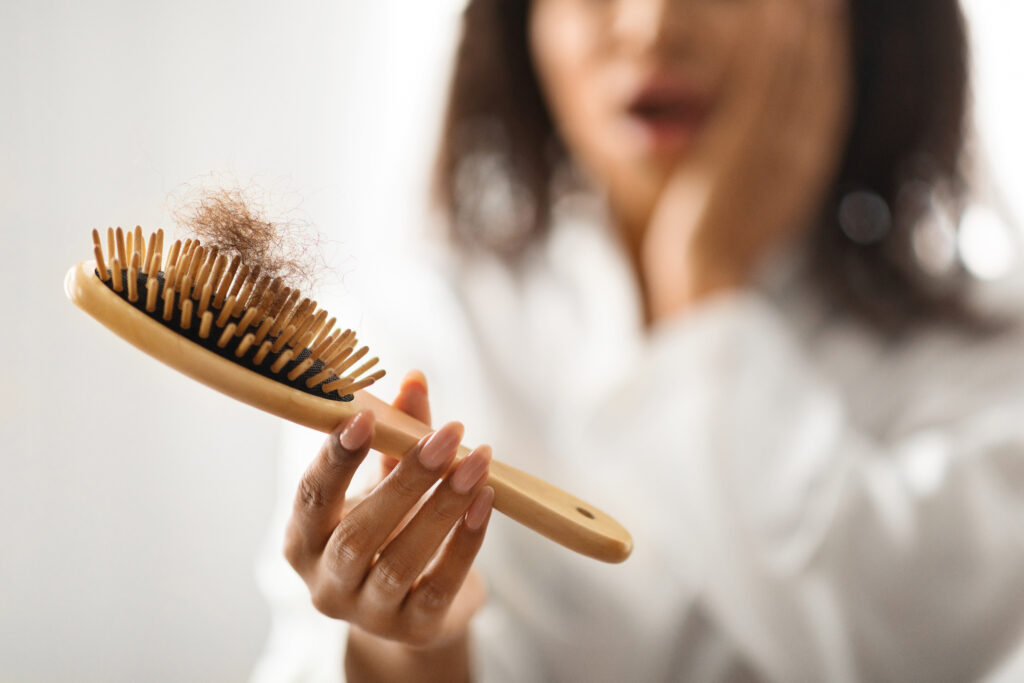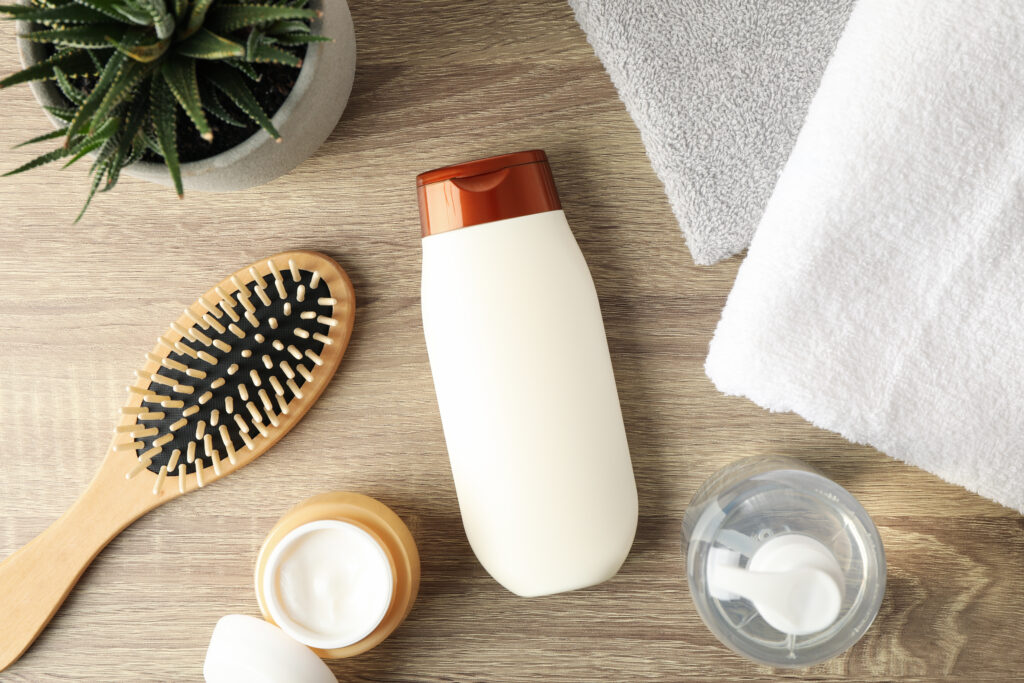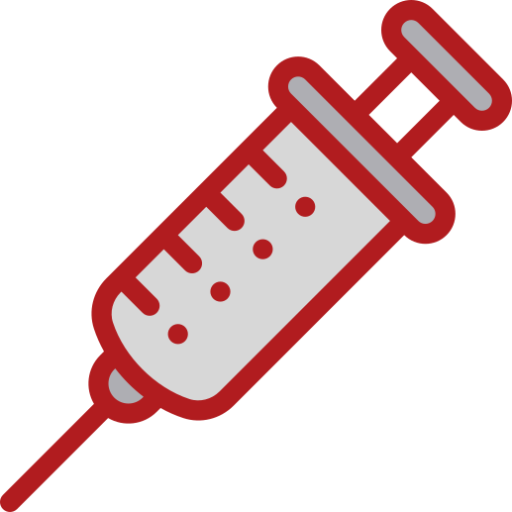Hair Loss Under the Microscope: Turning Scientific Evidence into a Competitive Advantage
Hair Loss remains one of the most frequently reported concerns in personal care affecting millions of individuals across all ages and genders. According to recent consumer studies, over 44% of users identify hair fall as a top priority in their haircare routines. In response, the market has evolved with increasingly sophisticated formulations. But in today’s competitive landscape, product performance must go beyond promise it must be proven.

The Overlooked Role of Cosmetics in Hair Loss Treatment
While dermatologists and trichologists primarily focus on hair regrowth and scalp disorders, the cosmetic dimension—specifically the integrity of the hair shaft—is often neglected. This oversight can lead to poor user experience, reduced adherence to topical treatments like minoxidil, and ultimately, treatment failure.
Clinical experience clearly shows that patients who follow a complementary cosmetic routine—using leave-on products with plant oils and soluble silicones to reduce stiffness, clarifying shampoos to remove residue, and avoiding aggressive techniques such as bleaching or keratin straightening—report greater comfort, better cosmetic outcomes, and longer treatment persistence.
Incorporating anti-hair loss serums with clinically supported actives (e.g., peptides, botanical extracts) further enhances follicular support. Sulfate-free shampoos enriched with amino acids, soft silicones, and vegetable oils are especially recommended in post-transplant patients. These simple, science-backed measures not only protect the scalp and fiber but also reinforce long-term treatment success.

Rethinking Anti-Hair Loss Claims:Why Testing Matters
Hair loss is multifactorial—triggered by stress, hormonal shifts, inflammation, poor nutrition, or environmental exposure. Addressing it requires a holistic understanding of follicular biology, cosmetic formulation, and robust clinical validation.
Timing is key-Why Autumm Is the Right Time to Launch Your Study
Seasonal hair shedding increases significantly after summer, primarily due to changes in daylight exposure and environmental stress on the scalp. As a result, early autumn marks the ideal window to evaluate anti-hair loss treatments under peak biological activity.
These studies typically span 3 to 6 months and require thoughtful coordination—logistics, study design , panelist recruitment and in some cases ethical approval. Because this seasonal window is in high demand, brands that secure their testing slots in advance gain a critical edge in planning launches and claim substantiation timelines.

Conclusion
Why Brands Choose Zurko? At Zurko Research, we design smart, targeted anti-hair loss studies tailored to your product’s claims and mode of action. We offer customized, agile and scientific protocols designed to meet the needs of brands developing next-generation anti-hair loss solutions. Whether you’re launching a leave-on, serum, supplement, or shampoo, we’ll help you generate the evidence you need to succeed—from lab to label.

Company: Zurko Research S.L.
E-mail: info@zurkoresearch.com
Tel: +34 915 211 588
Website: www.zurkoresearch.com
LinkedIn: www.linkedin.com/company/zurkoresearch
Contact us for more info!







 |
| 



